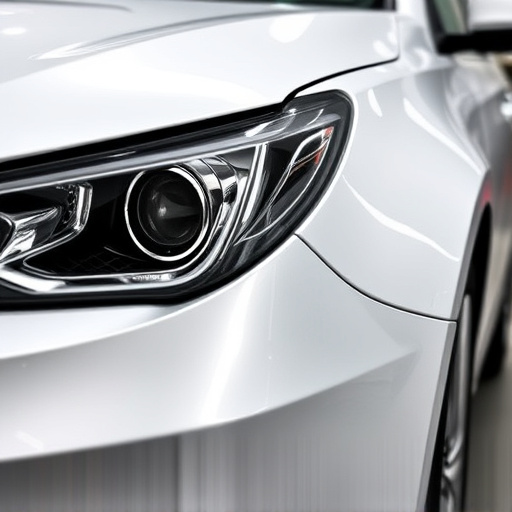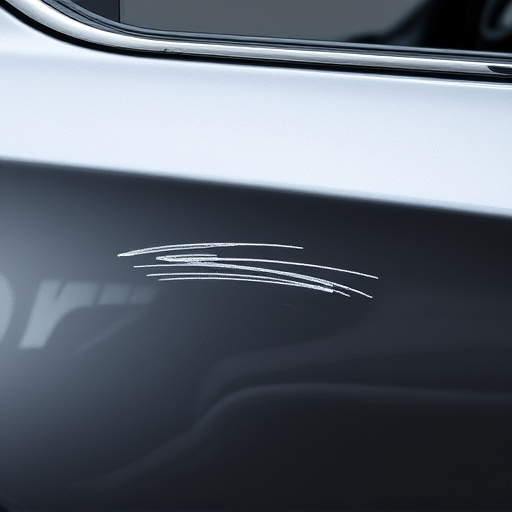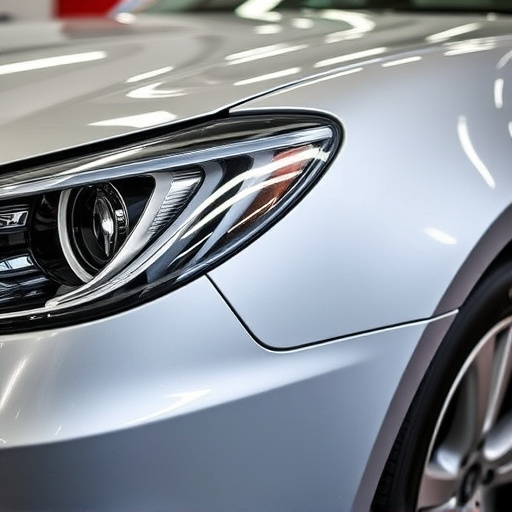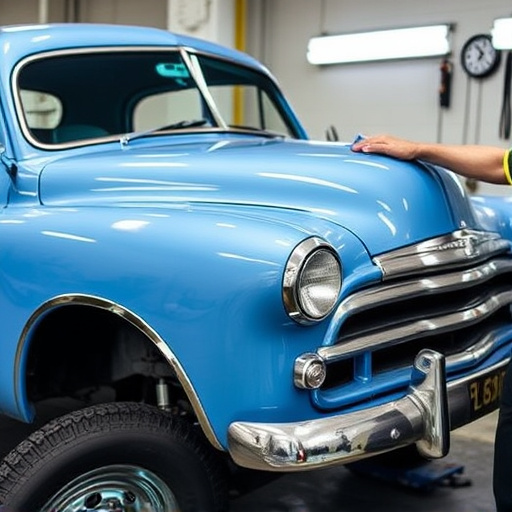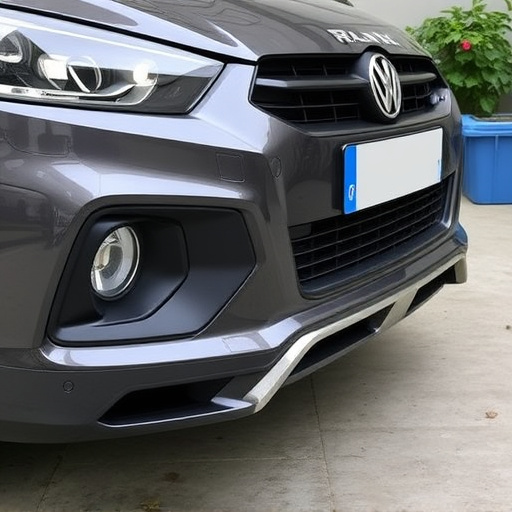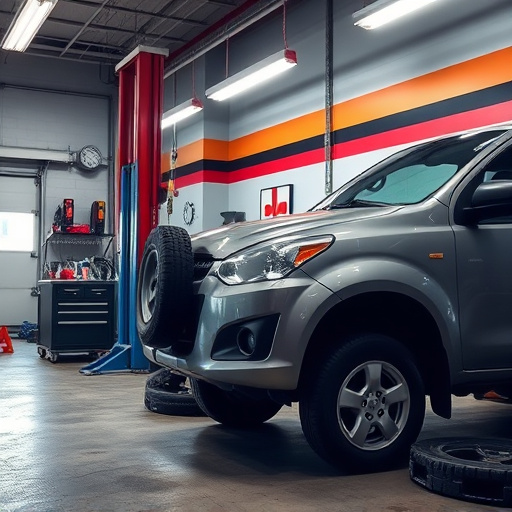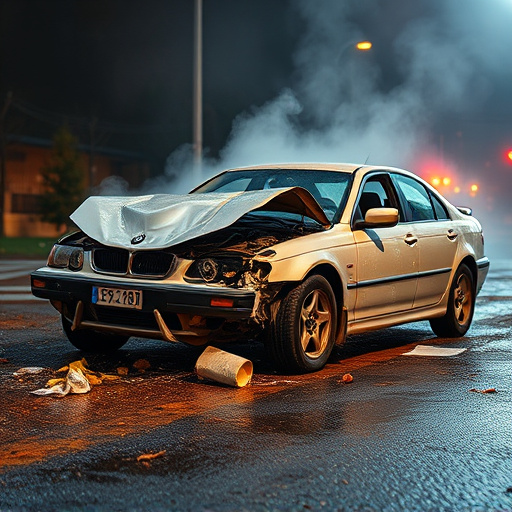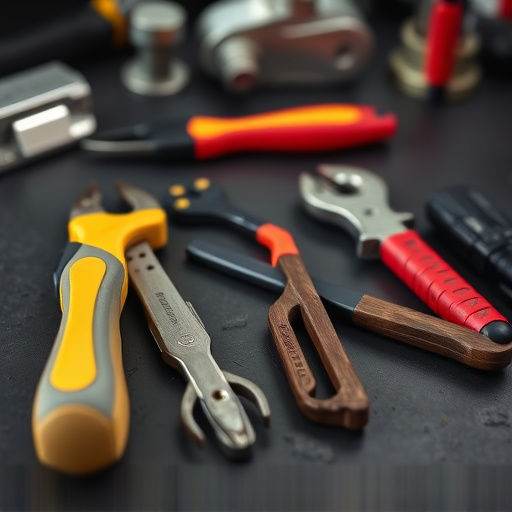Hail damage assessment protocols are crucial for auto shops, ensuring accurate repairs through comprehensive inspections and standardized procedures. Trained technicians use specialized tools to identify impact points and assess damage. Ongoing training programs educate staff about identifying subtle hail damage, understanding car paint services, and assessing repair scope, enhancing consistency and customer satisfaction. Modern technology like digital imaging and 3D scanning tools revolutionize hail damage repair by providing precise assessments and faster turnaround times.
Hail damage can wreak havoc on businesses, prompting rapid and accurate repairs to restore operations. This article explores how shops navigate the complexities of hail damage assessment, focusing on understanding protocols, staff training, and technology integration for enhanced precision during inspections. By implementing these strategies, shops ensure efficient and effective hail damage repair processes, minimizing downtime and maximizing customer satisfaction. Discover proven methods to streamline your response to hail events and maintain a robust repair system.
- Understanding Hail Damage Assessment Protocols
- Training Staff for Accurate Inspection Techniques
- Utilizing Technology to Enhance Repair Accuracy
Understanding Hail Damage Assessment Protocols
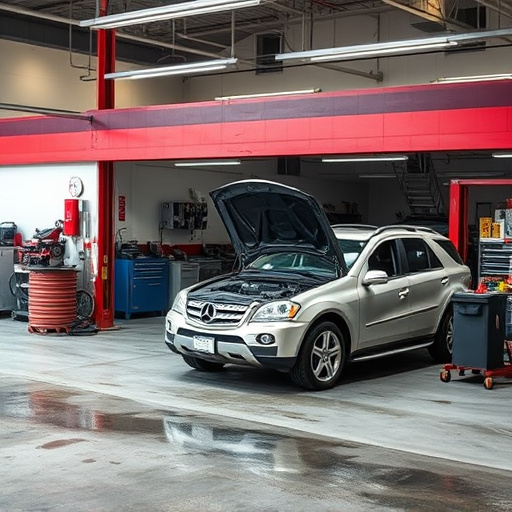
Hail damage assessment protocols are crucial procedures followed by shops to ensure accuracy during repairs. These protocols involve a thorough inspection of the vehicle’s exterior and interior, identifying each impact point and assessing the extent of damage. Trained technicians use specialized tools and expertise to determine the need for replacement parts or advanced automotive restoration techniques.
Shops adhere to these protocols because they provide a standardized approach to hail damage repair. This ensures consistency in assessments across different vehicles and locations, facilitating fair pricing and quality car repair services. By following established guidelines, collision damage repair experts can accurately estimate costs, minimize errors, and restore vehicles to their pre-damage condition, enhancing customer satisfaction with the overall automotive restoration process.
Training Staff for Accurate Inspection Techniques
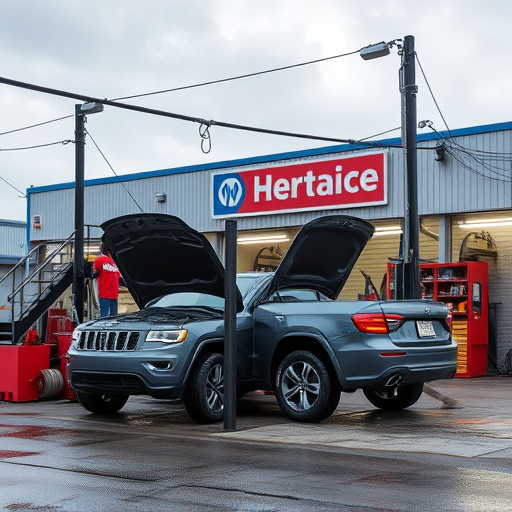
Effective hail damage repair starts with well-trained staff equipped with accurate inspection techniques. Shops invest in ongoing training programs to educate their teams about identifying subtle signs of hail damage, understanding different car paint services, and assessing the scope of work required for bumper repair and other automotive repairs. This ensures that every technician conducting inspections is proficient in recognizing even the smallest dents, scratches, or cracks caused by hailstorms.
By fostering a culture of continuous learning, shops empower their staff to thoroughly document existing damage, differentiate between pre-existing flaws and recent hail damage, and accurately estimate repair costs. Proper training also promotes consistency in inspection methods, leading to more reliable and fair assessments for customers dealing with the aftermath of severe weather events, ultimately enhancing customer satisfaction and trust in automotive repair services.
Utilizing Technology to Enhance Repair Accuracy
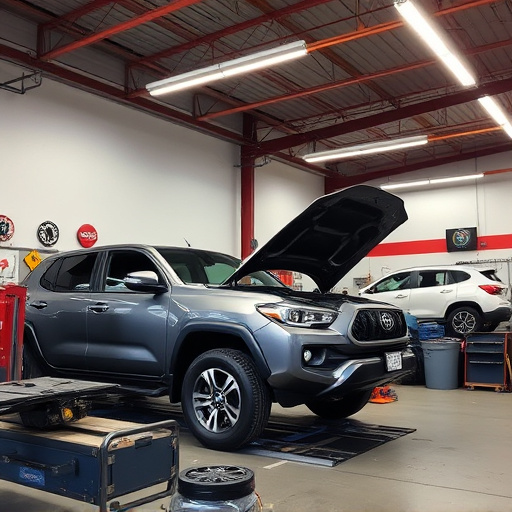
Modern technology plays a pivotal role in enhancing the accuracy of hail damage repair inspections for car repair shops. Digital imaging and 3D scanning tools allow technicians to capture detailed images and measurements of dents, enabling them to assess the extent of the damage with unprecedented precision. These advanced techniques go beyond traditional methods, offering a more comprehensive analysis.
By utilizing these technological advancements, car body restoration processes can be streamlined, ensuring that paintless dent repair techniques are applied correctly. This not only boosts the accuracy of repairs but also contributes to a faster turnaround time for customers. Such innovations in hail damage repair technologies have significantly elevated the standards of service within the industry.
Hail damage repair inspections require a meticulous approach to ensure accuracy and fair compensation. By adhering to standardized protocols, providing comprehensive staff training, and leveraging technology, shops can streamline the process, minimize errors, and offer customers peace of mind. These strategies not only enhance customer satisfaction but also contribute to the overall efficiency and reliability of hail damage repair services.
